Rice is a popular gluten-free grain that has been enjoyed in some parts of the world for thousands of years. It is versatile and comes in many different shapes and colors – brown and white being the two most common and recognized varieties. But with certain fad diets suggesting people eat little or no carbs, can we still enjoy rice as part of a healthy diet? And is one variety better than the other? We take a close look at the nutritional profiles of brown and white rice and compare the popular food staple…
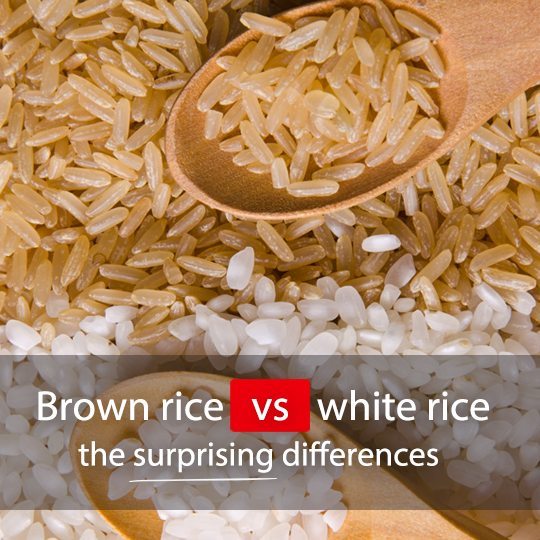
History Of Rice
Rice is a popular and versatile grain that originated thousands of years ago in China and the surrounding areas, but is enjoyed today around the world. In fact, it has been around longer and fed more people than just about any other crop, with early documentations of the grain as a food source as far back as 2500 B.C. Cultivation spread throughout Sri Lanka and India over time, and was passed onto Greece and areas around the Mediterranean. From there, it made its way through Southern Europe and parts of North Africa. Eventually, it was introduced to every inhabited continent around the globe, and, because of its versatility, it is as popular as ever, used in both sweet and savory dishes. Today, rice is an important food staple in many Asian countries and comes in different shapes, sizes and colors. White rice is most commonly consumed, while brown rice is often considered a healthier substitute.

What Is Rice?
Rice is a gluten-free grain that comes in different varieties, shapes and colors. All varieties of rice are almost entirely made up of carbohydrates, along with a little bit of protein and pretty much no fat. Brown rice is a whole grain, which means it contains the entire grain, including the bran, germ and endosperm. The bran is high in fiber, the germ provides certain vitamins and minerals, and the endosperm is high in carbohydrates. In white rice, the bran and germ is removed, leaving only the carb-rich endosperm, leaving it with very few essential nutrients. That makes white rice a refined grain with the most nutritious parts removed. Brown rice is a bit more difficult and time consuming to cook than white rice.
Nutritional Information: Cooked White Rice (1 Cup/174g)
Calories – 169
Total Fat – 0g
Cholesterol – 0mg
Sodium – 9mg
Total Carbohydrates – 37g
Dietary Fiber – 2g
Sugar – 0g
Protein – 4g
Iron – 1% of RDI
Calcium – 0% of RDI
Thiamin – 2% of RDI
Niacin – 3% of RDI
Vitamin B6 – 2% of RDI
Magnesium – 2% of RDI
Phosphorus – 1% of RDI
Copper – 4% of RDI
Manganese – 23% of RDI
Selenium – 14% of RDI
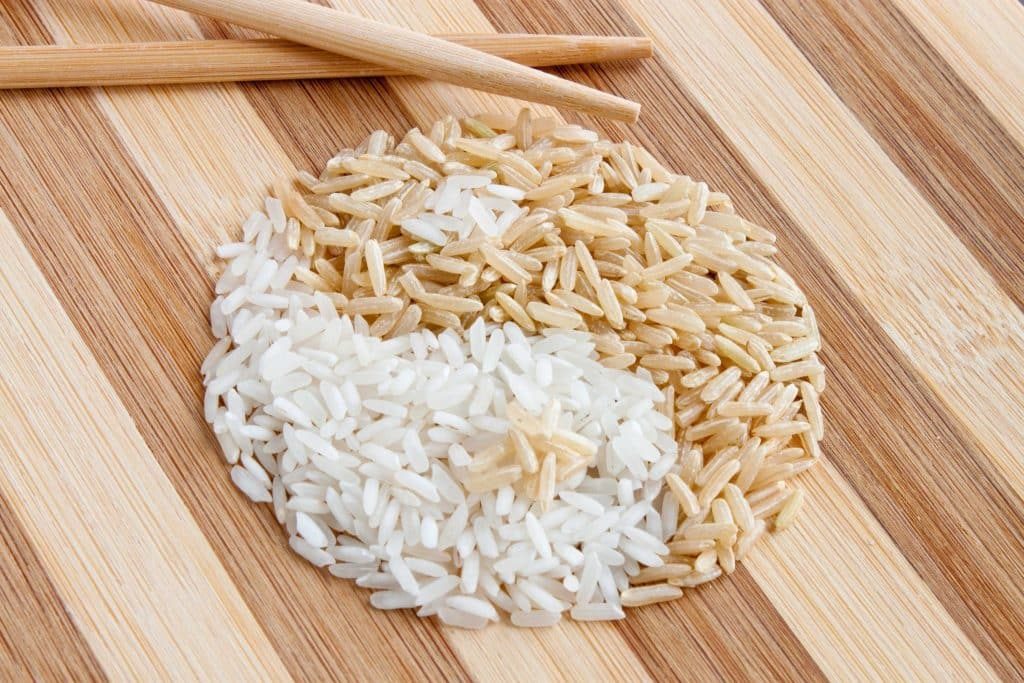
Nutritional Information: Cooked Brown Rice (1 Cup/195g)
Calories – 216
Total Fat – 2g
Cholesterol – 0mg
Sodium – 10mg
Total Carbohydrates – 45g
Dietary Fiber – 4g
Sugar – 1g
Protein – 5g
Iron – 5% of RDI
Calcium – 2% of RDI
Thiamin – 12% of RDI
Niacin – 15% of RDI
Vitamin B6 – 14% of RDI
Magnesium – 21% of RDI
Phosphorus – 16% of RDI
Copper – 10% of RDI
Manganese – 88% of RDI
Selenium – 27% of RDI
So, What Does That Actually Mean?
With more fiber, antioxidants, vitamins and minerals than white rice, brown rice has a lot more nutritional value. White rice is considered a source of ‘empty’ calories and carbohydrates, with very few essential nutrients to offer. So, in short, brown rice is a better choice, nutritionally speaking, than white rice. But let’s take a closer look at how it can benefit you…
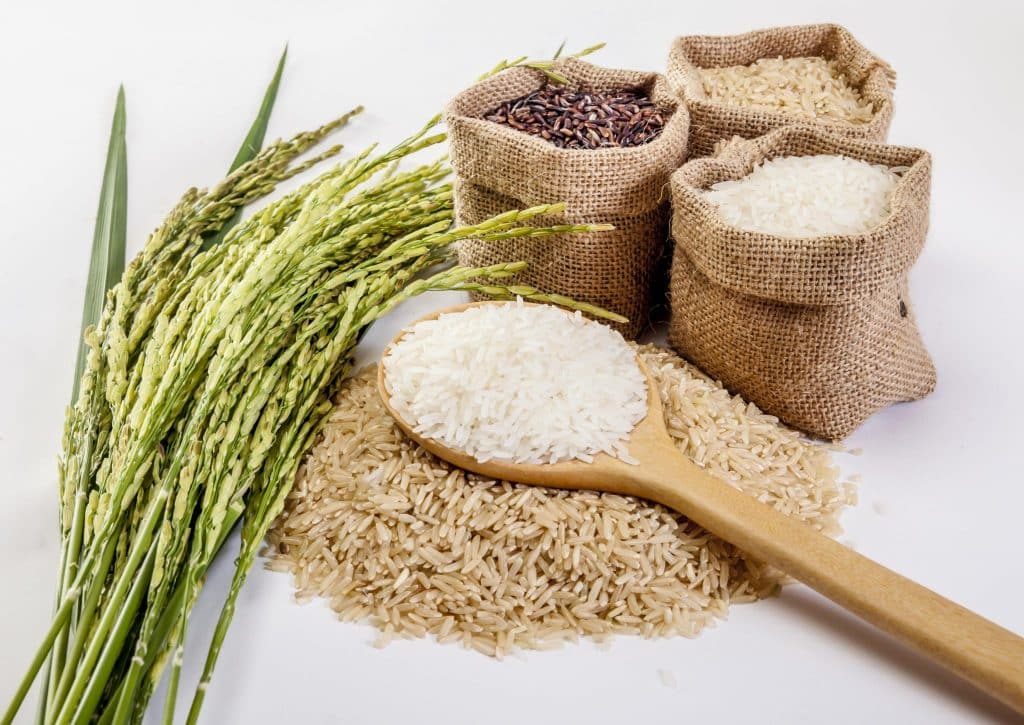
Brown Rice Lowers The Risk Of Type 2 Diabetes
Brown rice is high in magnesium and fiber, which both help control blood sugar levels and decrease the risk of diabetes. A 2010 study from the Harvard School of Public Health found that eating two or more servings of brown rice per week was associated with a lower risk of type 2 diabetes, while eating five or more servings of white rice per week was associated with an increased risk. Researchers estimated that replacing 50 grams of white rice, which is about one-third of a typical daily serving, with the same amount of brown rice lowered the risk of the disease by 16%. Replacing it with a different whole grain, such as whole wheat and barley, was associated with an even bigger risk reduction of up to 36%. This was the first study to specifically compare white rice to brown rice in relation to the risk of diabetes in the US.
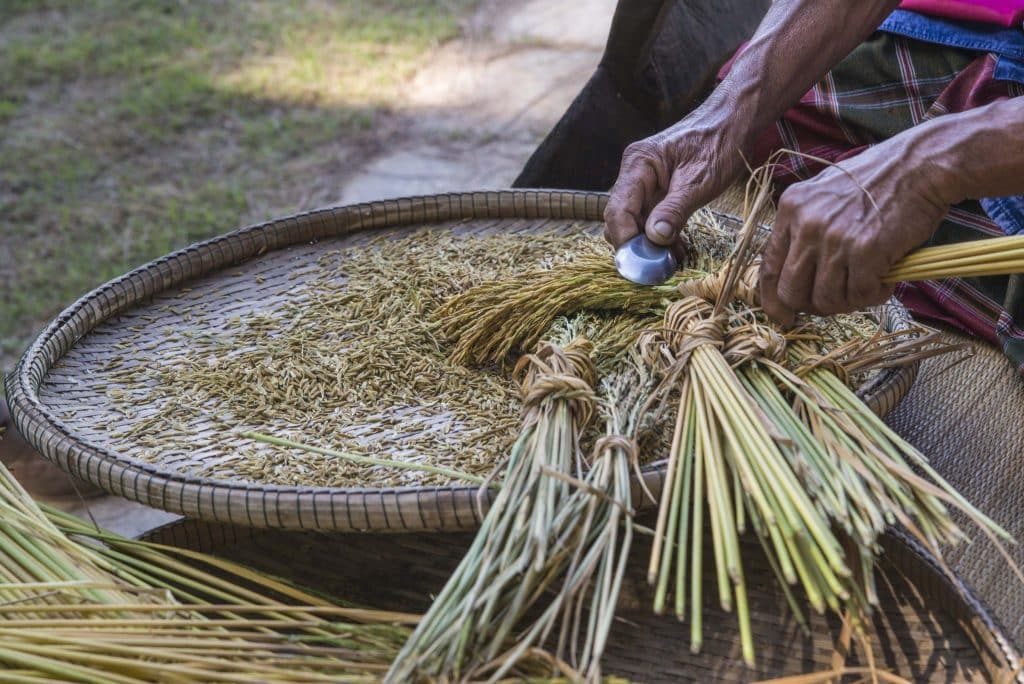
Brown Rice May Help Protect Against Heart Disease
Several studies have shown that people eating the most whole grains, including brown rice, lowered their risk of heart disease by 16 to 21%, compared to people eating less whole grains. The plant compounds, lignans, which are found in brown rice, can help protect against heart disease. They help reduce the amount of fat in the blood, lowering blood pressure and decreasing inflammation in the arteries. One study found that eating an average of 2.5 servings of whole grain foods each day, such as brown rice, may lower people’s risk of heart disease by nearly 25%. Another study found that a component in the layer of tissues surrounding the grains of brown rice may work against the protein angiotensin II, which is known to contribute to the development of high blood pressure and atherosclerosis. Brown rice has also been found to lower glycaemic response, potentially reducing LDL (bad) cholesterol, and maybe even increasing HDL (good) cholesterol.
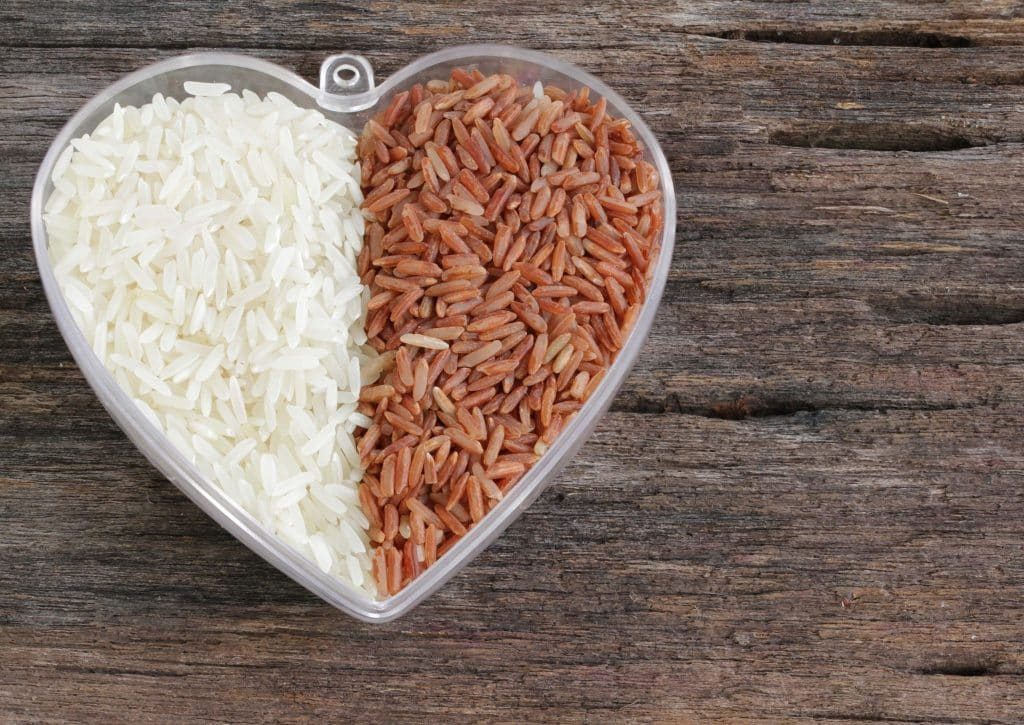
Antioxidants In Rice
The bran of brown rice contains a number of powerful antioxidants, which have important anti-inflammatory properties. Whole grains, including brown rice, can have as many antioxidants as some fruits and vegetables, according to research published in 2016. In a study of 40 overweight or obese women, researchers compared the consumption of 150 grams of brown rice to the same amount of white rice daily, finding that brown rice was beneficial to inflammation and cardiovascular health.
Rice In Weight Management
Despite a number of weight loss fads promoting ‘carb-free’ diets, not all carbohydrates are created equal. Studies have shown that brown rice can actually help people lose weight and maintain a healthy weight when consumed as part of a healthy, balanced diet. A 12-year study published in the American Journal of Clinical Nutrition followed more than 70,000 women in the US, and found that women who ate high-fiber whole grains, including brown rice, led a generally healthier life and were less likely to gain excess weight and become obese. Women who ate more refined carbohydrates like white rice were found to be more likely to become overweight or obese. Researchers concluded that the odds of developing obesity were generally lower with larger intakes of dietary fiber and whole grains, but not with larger consumption of refined grains. Women who increased their intake of dietary fiber during the 12-year study reduced their risk of major weight gain by 49% when compared to women with the lowest intake of fiber. Another study looked at data on 29,683 adults and 15,280 children and found that greater consumption of whole grains, including brown rice, was associated with better intakes of nutrients and healthier body weight in both children and adults.
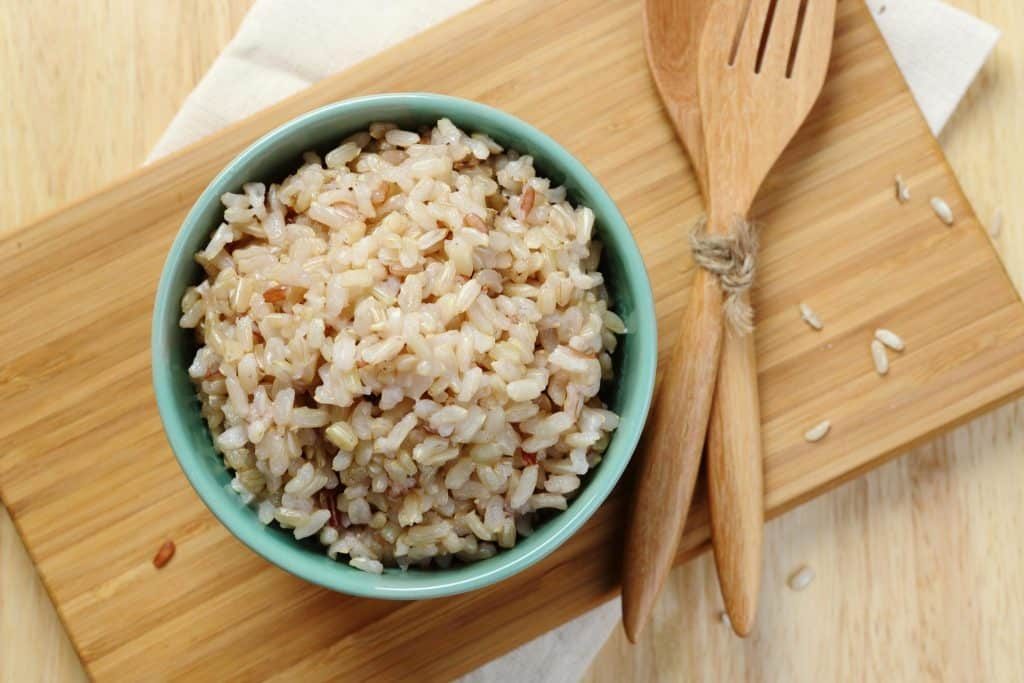
What About The Anti-nutrients In Brown Rice?
Food that needs more nutrients for the body to use it than the amount it provides is called an anti-nutrient. They reduce the absorption of essential nutrients from the digestive system and can be a major problem for people whose diets consist almost entirely of grains and legumes. When eaten on a regular basis in large amounts, anti-nutrients can gradually create a toxic build-up and rob your body of vital nutrients that support its everyday functionality. This is particularly problematic during periods of malnutrition, with an overload of anti-nutrients making it difficult for the body to eliminate toxins.
Phylate, tannins, lectins, protease inhibitors and calcium oxalate are the most widely studied anti-nutrients, and brown rice contains phylate, also known as phytic acid. This anti-nutrient is mainly found in seeds, grains (like brown rice), and legumes, and, although it may offer some health benefits, including antioxidant properties, it can also reduce the absorption of minerals from other foods in a meal, including zinc, iron, calcium and magnesium. However, anti-nutrients can be tainted with a few simple preparation tricks, including heating, boiling and soaking. The phytic acid in brown rice is not typically a problem for people consuming a healthy, balanced diet, and intake through brown rice is unlikely to become a problem.
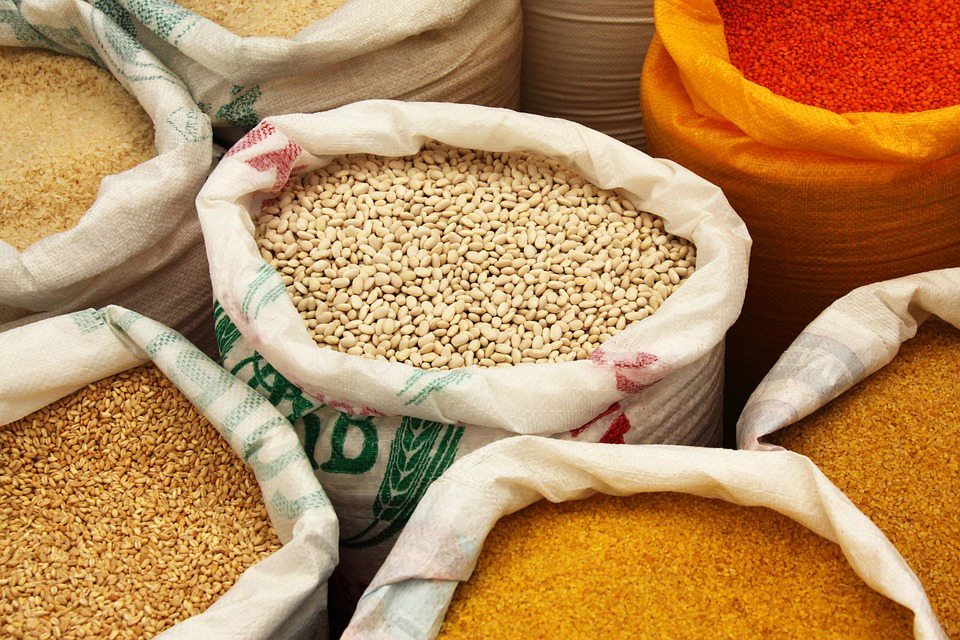
Brown rice may also be higher in arsenic than white rice. This toxic chemical is a heavy metal that is naturally present in the environment, but has increased over time in certain areas due to pollution. Significant amounts of arsenic have been found in some rice products. Long-term consumption of arsenic may increase the risk of certain diseases, including cancer, heart disease and type 2 diabetes. However, eating rice in moderation as part of a varied and balanced diet is not considered to be a risk.
Rice Alternatives
There are variations from white rice and brown rice, as well as substitute options and products made from rice ingredients…

Wild Rice
Despite the name, wild rice is actually not rice. It’s a seed that comes from a type of aquatic grass that grow in shallow freshwater marshes and along the banks of streams and lakes. There are four types of wild rice, and they are all dark brown to black in color and longer than other types of rice. One is native to Asia and the other three are native to the Great Lakes region of North America. In Asia, wild rice is harvested as a vegetable, and in America, it is harvested as a grain. Studies are fairly limited in relation to the health benefits of wild rice, but recent research has begun to uncover and confirm its nutritional value.
Nutritional Information: Cooked Wild Rice (1 Cup/164g)
Calories – 166
Total Fat – 1g
Cholesterol – 0mg
Sodium – 5mg
Total Carbohydrates – 35g
Dietary Fiber – 3g
Sugar – 1g
Protein – 7g
Iron – 5% of RDI
Thiamin – 6% of RDI
Niacin – 11% of RDI
Vitamin B6 – 11% of RDI
Magnesium – 13% of RDI
Phosphorus – 13% of RDI
Copper – 10% of RDI
Manganese – 23% of RDI
Selenium – 2% of RDI
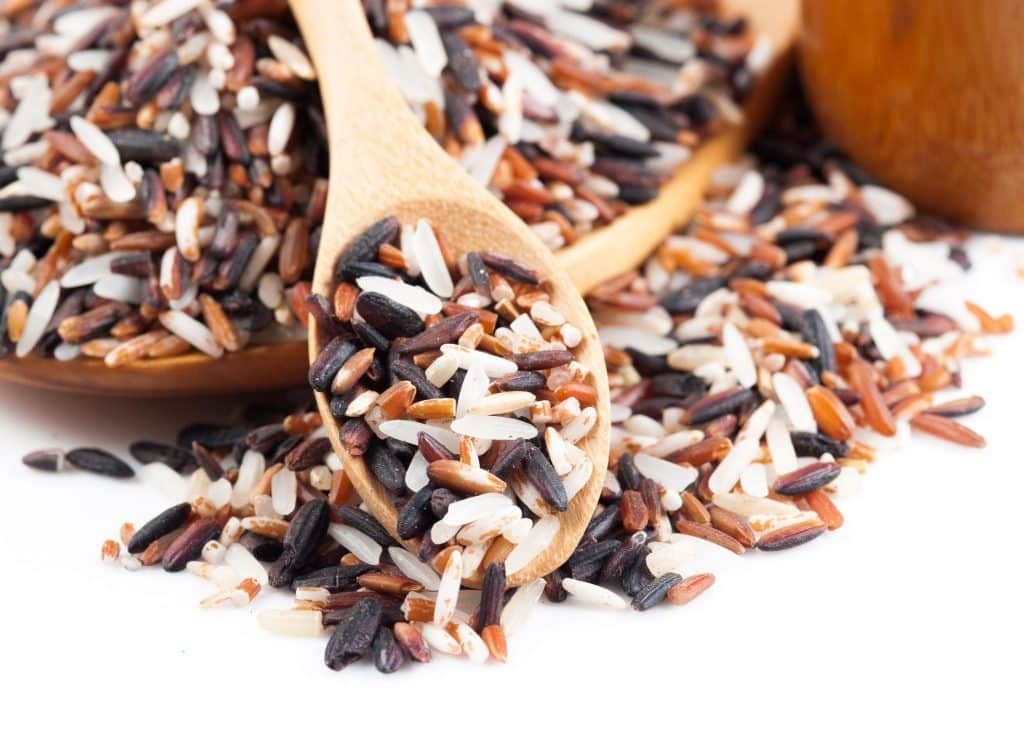
That means it has the same amount or more of certain nutrients, such as protein and copper, than brown rice and white rice, for far fewer calories. Its low calorie and high nutrient content makes it a nutrient-dense food and a particularly beneficial plant source of minerals and protein. Wild rice is also a rich source of antioxidants. University of Minnesota researchers found that wild rice was extremely high in antioxidants and could be used as an ‘antioxidant ingredient’ in certain foods such as meat products.
Cauliflower Rice
If you do feel like you are consuming too many carbohydrates from grain sources each day then it is a good idea to reduce your carbohydrates to vegetables sometimes. A great way of doing that is by substituting regular rice for cauliflower rice, which is basically ‘mock rice’, made by blitzing cauliflower and cooking it. For a vegetable, it is quite filling and certainly lives up to rice as far as appearance. There are a couple of ways to cook cauliflower rice. The most popular is blitzing the raw vegetable in a food processor until it is fine and resembles rice. The cauliflower is then placed in an even, thin layer over a large baking pan, lightly drizzled with olive oil, and baked in the oven. Another option is simply blitzing the cauliflower and boiling or steaming it. However, because each piece is so small, it literally only needs to be boiled or steamed for a minute or two.

What About Rice Products?
There are a number of products made from rice, including rice flour, rice syrup, rice bran oil, rice milk, rice cakes and rice paper rolls. These products are gluten-free and vegan alternatives to other foods and are considered to be healthier or lower fat options. However, certain rice products are not necessarily better options. Rice cakes, for example, can make great low calorie snacks, but should never be eaten on their own. They are refined carbohydrates and artificial flavoring. The glycemic index ranks at 82, which is quite high, and indicates how it will affect blood sugar. Snacking on rice cakes can actually spike blood sugar and lead to food cravings. You can, however, eat them in moderation along with wholesome filling food, like almond butter or avocado.

Verdict
Going back to brown and white rice, the obvious winner is brown, because of its nutritional quality and health benefits. However, white rice can, of course, be enjoyed occasionally in moderation as part of a healthy, balanced diet.


